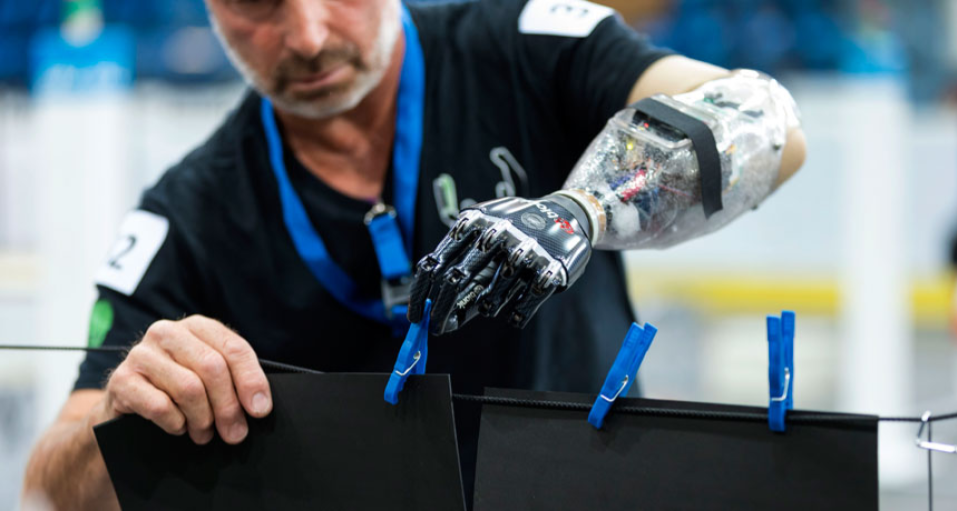The world has had 5 mass extinction events in the last 500 million years, each one eradicating more than 75% of all species on the planet. But what if those “extinction events” were reversible. With recent discoveries and innovations, a world in which a Pterodactyl flies overhead as you walk your Raptor in the park is becoming more than just the plot of a movie.
On October 1st, Romulus and Remus, two male Direwolves were born, with their sister Khaleesi being born on January 30th. Direwolves, popularized by the fantasy show Game of Thrones, many thought were just that. Fantasy. But they are actually large ancient white wolves that went extinct 13,000 years ago.
Colossal Biosciences produced three Dire wolves through the use of advanced genetic engineering. By using a 13,000 year old tooth and 72,000 year old bone, they were able to sequence Dire wolf Dna. Then using CRISPR, an advanced gene editing technology, modified grey wolf embryos, which is a distant relative to Dire wolves, to resemble Dire wolves. However, this doesn’t mean one has to hide their tabby cat from a resurrected white wolf. Instead, they are being kept in a 2,000 acre ecological reserve in Northern USA.
Recent attempts in the past to recreate extinct species; The Direwolf Project was created to mimic traits of Dire wolves through selective breeding. It was conducted by breeders and dog owners, not scientists. It was successful in creating a dog breed that resembled Dire wolves, that we appropriately call “Dire wolf dog.” This project used no Dire wolf DNA so it was still a long way from“Resurrecting” a species.
These genetic modified wolves mark the first time an extinct species was seemingly brought back from the dead. Previous attempts, like the 2003 cloning of the Pyrenean Ibex where the clone died immediately after birth, ended with failure. With this success of the Direwolf experiment, Colossal Biosciences is pushing forward. Next on Colossal Biosciences to-do list: Bring back the Woolly Mammoth , the Tasmanian Tiger, and the Dodo.
Now that current science has shown the ability to recreate past species, what is the next step? As scientists have done for centuries, animal trials precede human ones. Human genome editing has been used clinically on Somatic cells, non-heritable, to treat specific diseases on living humans, but it is illegal in the US to edit Germline cells, early stage-embryos, sperm cells, and eggs. These cells are heritable (passing down through generations) and if edited, specific traits could be mass produced or even eradicated. Even though Human germline editing can save countless lives through eliminating risks of cancer, dementia, sickle cell disease etc. It could also give the ability to commit mass eugenics on the cellular level.
Bioscientist Peter M. Visscher asks, “What could happen if more-sophisticated gene-editing technologies become available, which could be the case within 30 years.”
With the successes of gene-editing technologies in the Dire wolf De-Extinction, that 30 year timeline might be closer than we though




















































